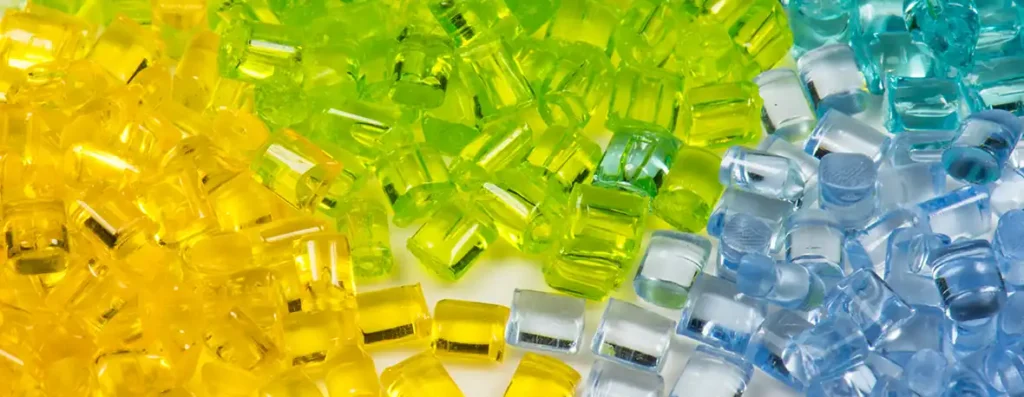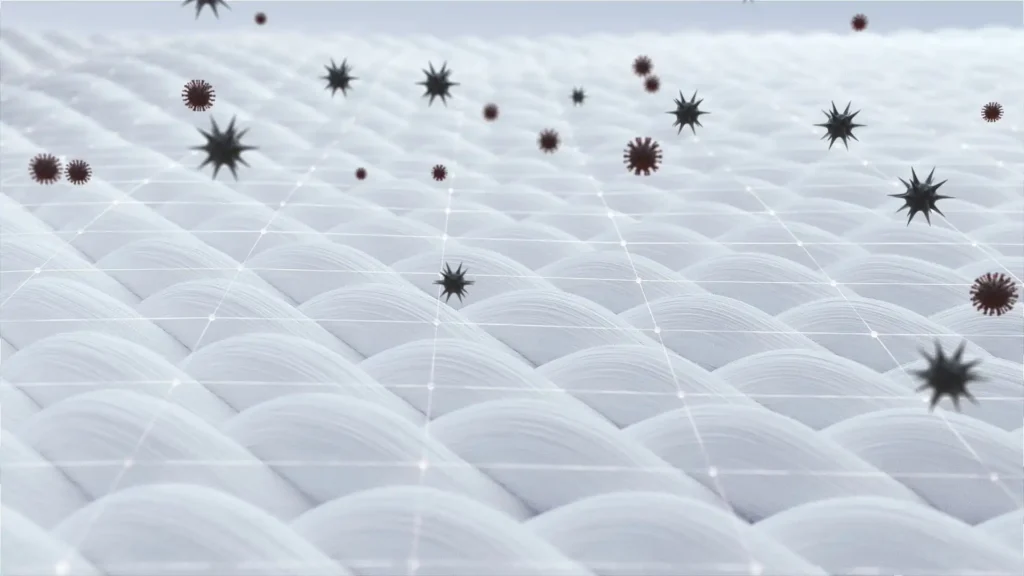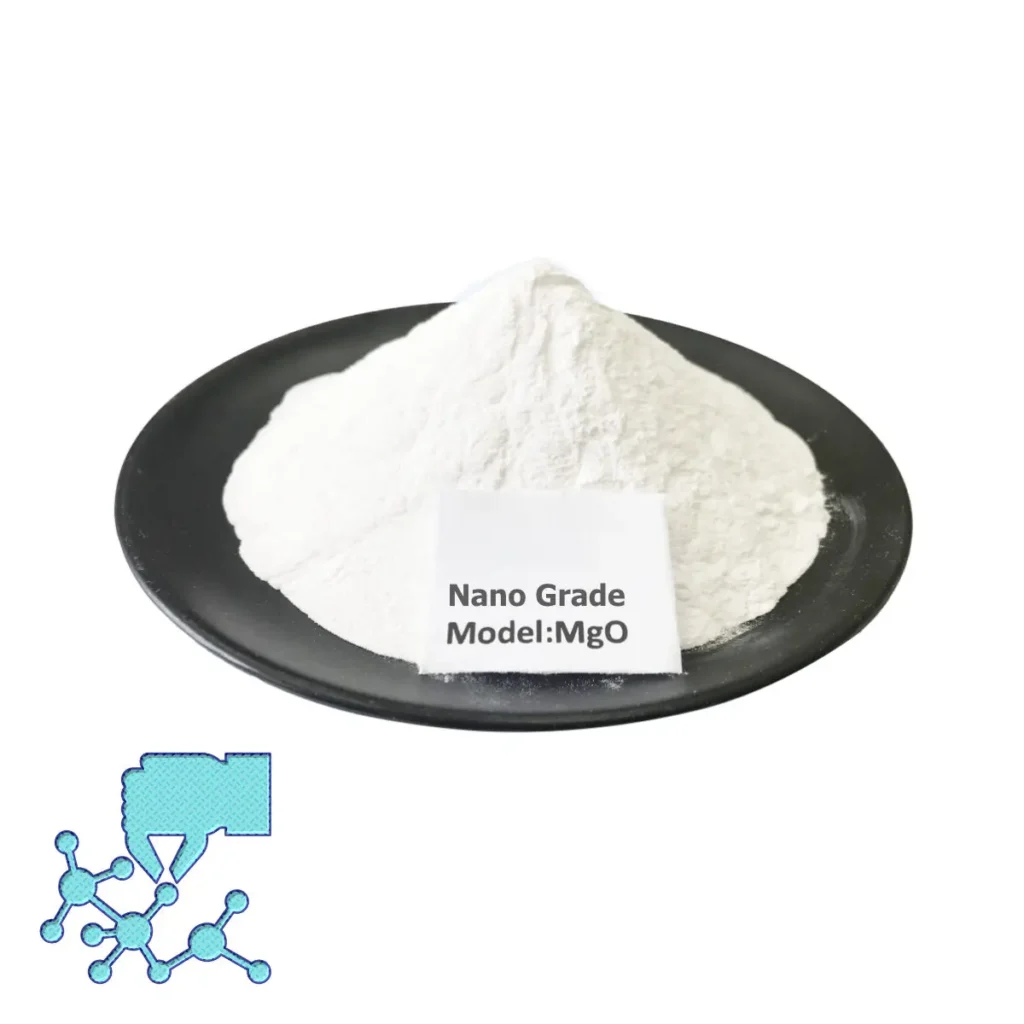As a new type of multifunctional inorganic material, nano -magnesium oxide has broad application prospects in many areas. With the destruction of the human living environment, new types of bacteria and germs are emerging endlessly. Humans urgently need a new and efficient antibacterial material. It shows unique advantages in the antibacterial field.
Studies have shown that the high concentration and high -active oxygen ions on the surface of nano -magnesium oxide have strong oxidation properties, which can destroy the peptide bond structure of the cell membrane wall of the bacteria to quickly kill the bacteria.
In addition, nano -magnesium oxide particles can produce destructive adsorption and may also destroy the cell membrane of bacteria. Such antibacterial mechanisms can overcome the lack of ultraviolet rays of silver antibacterial antibacterial agents, prone to discoloration and titanium dioxide.
The object of this study is magnesium hydroxide prepared by the hydraulic sedimentation method as the front -wheel drive, and the research of antibacteriality through nano hydroxide pyrine burnt nanimoxymark.
The purity of nano -magnesium oxide prepared through this process can reach more than 99.6%, the average particle size is less than 40 nanometers, the particle size is evenly distributed, and it is easy to disperse. There are extensive application prospects in the field.
Application in the field of coatings

Taking coatings as a carrier, by adding 2%-5% nano -magnesium oxide, it improves the antibacterial, flame retardant, and hydrophobicity of coatings.
Application in the field of plastic

By adding nano -magnesium oxide to plastic, the antibacterial rate of plastic products and the strength of plastic products can be improved.
Application in the field of ceramics

By spraying on the surface of the ceramic, sintering has improved the flatness and antibacteriality of the surface of the ceramic.
Application in the field of textiles

The addition of nano -magnesium oxide in fabric fibers improves the flame retardability, antibacterial, hydrophobic and abrasion resistance of the fabric, and can solve the problem of bacteria and stain erosion of textiles. Widely used in military and civilian textiles.
Conclusion
At present, our research on antibacterial materials starts relatively late. It is also in the initial stage of application research and development. It lags behind some countries such as Europe, America and Japan. The excellent performance of nano -magnesium oxide in antibacteriality will definitely become the new favorite of antibacterial materials. The curve overtaking in the field provides good materials.

